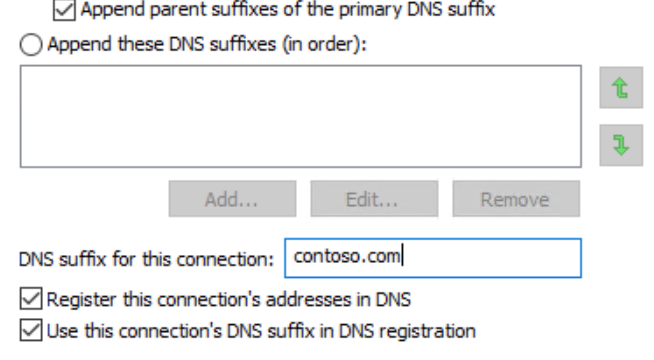Azure MFA: Architecture Selection Case Study
I’ve been working with a customer on designing a new Azure Multi Factor Authentication (MFA) service, replacing an existing 2FA (Two Factor Authentication) service based on RSA Authenticator version 7.
Now, typically Azure MFA service solutions in the past few years have been previously architected in the detail ie. a ‘bottom up’ approach to design – what apps are we enforcing MFA on? what token are we going to use? phone, SMS, smart phone app? Is it one way message, two way message?… [Keep reading] “Azure MFA: Architecture Selection Case Study”



